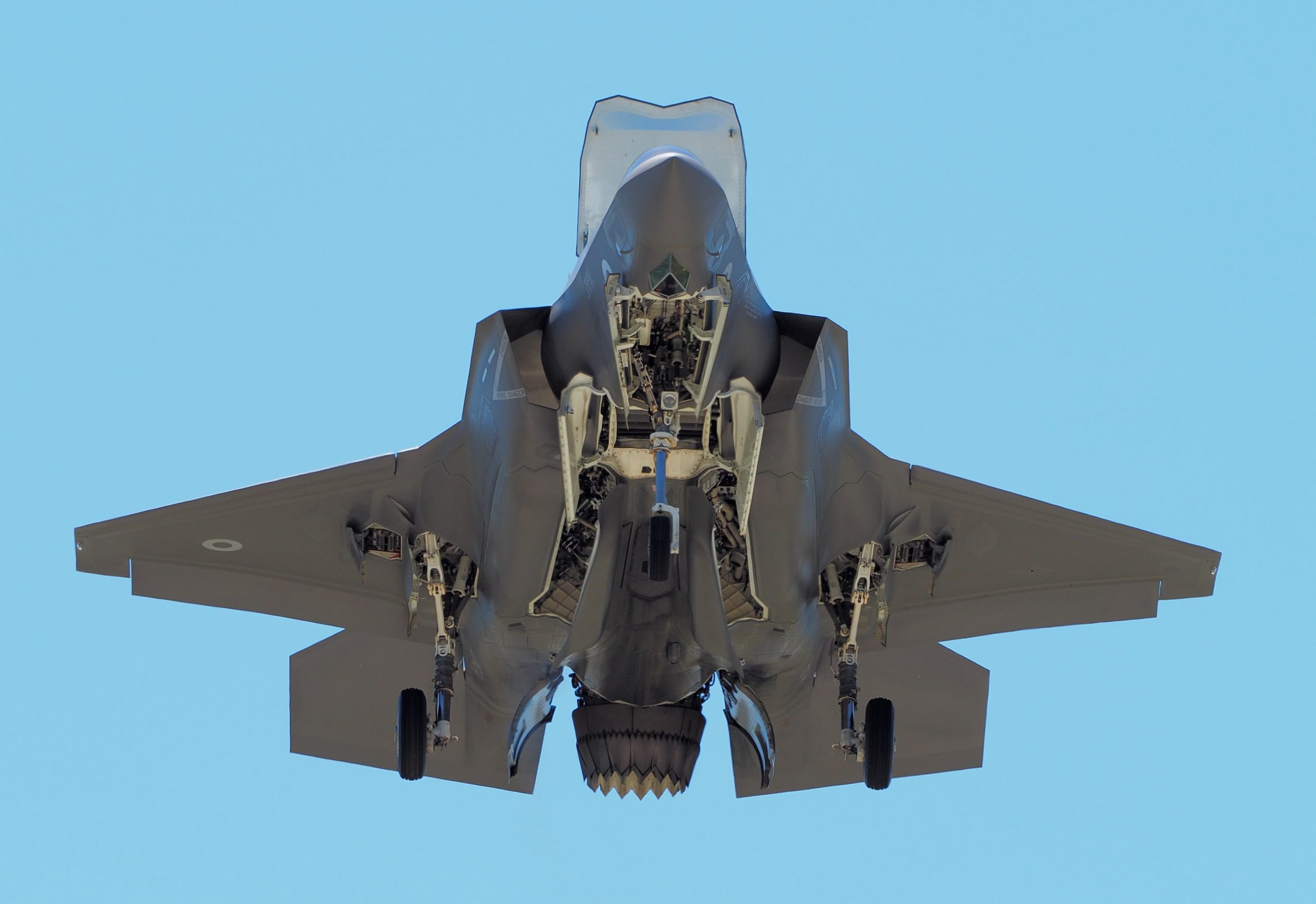The Republic of Singapore Air Force (RSAF) is considering to co-locate its current Lockheed Martin F-16C/D multirole combat aircraft detachment at Luke Air Force Base (AFB) in Phoenix, Arizona, with its future Lockheed F-35 stealth fighters at a long-term training centre, United States officials have revealed.
Arkansas senator Tom Cotton said in a 20 July statement that Fort Smith Airport in Indiana has been selected as one of five possible sites to host the RSAF’s F-16 and F-35 aircraft, noting that Secretary of the Air Force Barbara Barrett had earlier signed a 6 July memorandum to establish a permanent Foreign Military Sales (FMS) training centre at a single location for 24 to 36 F-35 aircraft and F-16 basing.
Besides Fort Smith Airport, other sites that have been shortlisted include Hulman Field, Buckley AFB in Colorado, Joint Base San Antonio-Lackland in Texas, and Selfridge Air National Guard Base in Michigan.
“Fort Smith is a strong candidate for Singapore’s F-16 squadron and future F-35 aircraft,” Senator Cotton said.
“The United States deeply values our relationship with Singapore, and I appreciate Secretary Barrett’s consideration of Arkansas as a location for our important defence partnership,” he added. “I look forward to working with the Air Force and the state of Arkansas to ensure that Fort Smith is a welcome location for this vital new national security mission.”
No timelines were given for the selection process.
Singapore’s F-35 acquisition details – more aircraft hinted?
It is worth noting that Senator Cotton’s statement revealed a potential Singaporean F-35 fleet size of between 24 and 36 F-35 at the future training centre, when the island state has thus far only indicated an interest in up to 12 aircraft.
On 9 January 2020, the US State Department approved a potential US$2.75 billion FMS sale of Lockheed Martin F-35B short take-off and vertical landing (STOVL) stealth fighters as well as associated spare parts, logistics, and training support to Singapore.
The US Defense Security Cooperation Agency (DSCA) noted that the Singaporean government had requested an initial batch of four F-35B STOVL aircraft with the option to acquire an additional eight, with the proposed sale also provisioning for up to 13 Pratt & Whitney F135 engines including one initial spare, undisclosed electronic warfare, communications, and navigation systems, the Autonomic Logistics Information System (ALIS) maintenance and logistics planning suite, software development and integration, and training equipment.
The F-35B platform brings a brand new STOVL capability for the RSAF, which have never operated such types of aircraft since it was stood up in September 1968 as the Singapore Air Defence Command (SADC). Singapore would be the fourth Asia Pacific country – and the first in Southeast Asia – to operate the F-35 after Australia, Japan, and South Korea.
Current US-based RSAF training activities
The RSAF presently maintains four training detachments in the continental United States, with Boeing AH-64D Apache attack helicopters from the Peace Vanguard detachment at Silverbell Army Heliport in Marana, Arizona, and Boeing F-15SG multirole combat aircraft at Peace Carvin V at Mountain Home Air Base in Idaho. The service previously maintained Boeing CH-47D heavy-lift helicopters at the Peace Prairie detachment at Grand Prairie Army Aviation Support Facility in Texas, before relocating the helicopters to the Australian Army Aviation Training Centre at Oakey, Queensland in mid-2018.
Singapore also signed a Memorandum of Understanding (MOU) with the United States on 7 December 2019 to establish a new combat aircraft training detachment at Andersen AFB on the US island territory of Guam in the western Pacific Ocean.
The MOU lays out the framework for the RSAFʼs future detachment in Guam, covering the deployment of the serviceʼs F-15SG and F-16 fighter aircraft and other assets such as the Gulfstream 550 airborne early warning aircraft for training.
The US Department of Defense (DoD) said the detachment will be stood up around 2029 and will initially comprise a squadron of aircraft and support personnel, as well as associated infrastructure such as hangars, aprons, and ancillary facilities.
by Jr Ng











